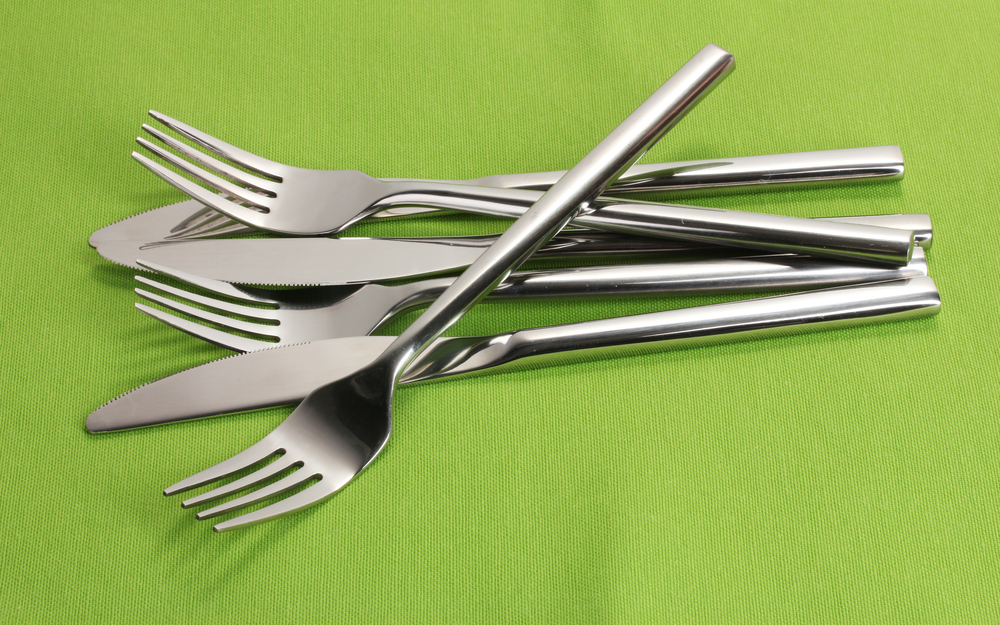New Year, New Silver: 4 Signs It’s Time to Replace Your Silverware

With the holidays just wrapped up, you have a pretty good idea of the condition of your best cookware, flatware, silverware, china, and serveware. As long as those needs are fresh in your mind, it is a good time to consider what items in your kitchen and dining room need to be replaced this year.
In addition to being one of the last things you consider replacing, the very term “silverware” has most people lost in confusion. True heirloom silverware may never need to be replaced with proper care and storage, but other flatware will eventually wear out or break and need to be replaced.
Most people consider all sets of dinner knives, spoons, and forks to be silverware, but flatware can be made of plastics, stainless steel, or other metals. Cheaper flatware sets are easy to let go of, but if you have a silver or silver-plated silverware set, consider taking it to a silversmith for possible repair before you let go of the set in favor of new.
Look for these signs that your flatware or silverware needs to be refurbished or replaced.
Rusting and pitting
Sterling silverware won’t rust, but the acids in your sink or dishwasher can eat away at the surface, pitting the finish. You might be able to get a silversmith to refurbish the silverware for you, but if the damage is significant the set will need to be replaced.
Rusting usually happens with stainless steel flatware when it is left to sit in water in the sink or dishwasher. It only stands to reason that when metal is submerged in water, rusting, pitting, or discoloration is bound to happen.
Chipping on edges or paint
If your flatware has painted handles or designs, that paint is likely to start chipping at some point. Even though great pains are taken to ensure that paint on any silverware is not toxic, you still don’t want flakes of paint in your food.
Silverware and flatware that has been heavily used and abused will get chipped edges that can cause rough hazards when using the silverware. If there are a lot of chips in the sharp edges of the spoons or dinner knives, you should probably replace the set.
Warping, bending, and worn blades
Any type of silverware or flatware can be prone to warping or bending, especially when not stored properly. Knives wear out faster than other pieces in a silverware set because, unlike the other pieces, the knives contain carbon to create a viable blade.
The tines on forks can become warped or bent after years of use. Meanwhile, misused spoons could be permanently bent. Replace rather than repair is the best option here.
Loss of luster or discoloration
Even if you polish your silver or silver-plated silverware religiously, you can still see some discoloration of your flatware. Stainless steel flatware can become permanently fogged when left in water, with lower quality flatware rusting over time. Washing silver and stainless steel flatware together can cause a chemical reaction that permanently discolors the silverware.
With all of the work needed to keep silverware polished and in good condition, it is no wonder that people try to maintain a set of sterling silver flatware for ultimate longevity and heirloom quality. Formal place settings still look fashionable and stylish with the flash of light reflected by the polished metal of forks, spoons, and knives.
A compromise is best for most people. However, if you need to have a set of affordable everyday silverware, make sure to purchase 18/10 stainless. This means that it is made of 80 percent steel and 10 percent nickel. The addition of the nickel strengthens the flatware and makes it more durable.